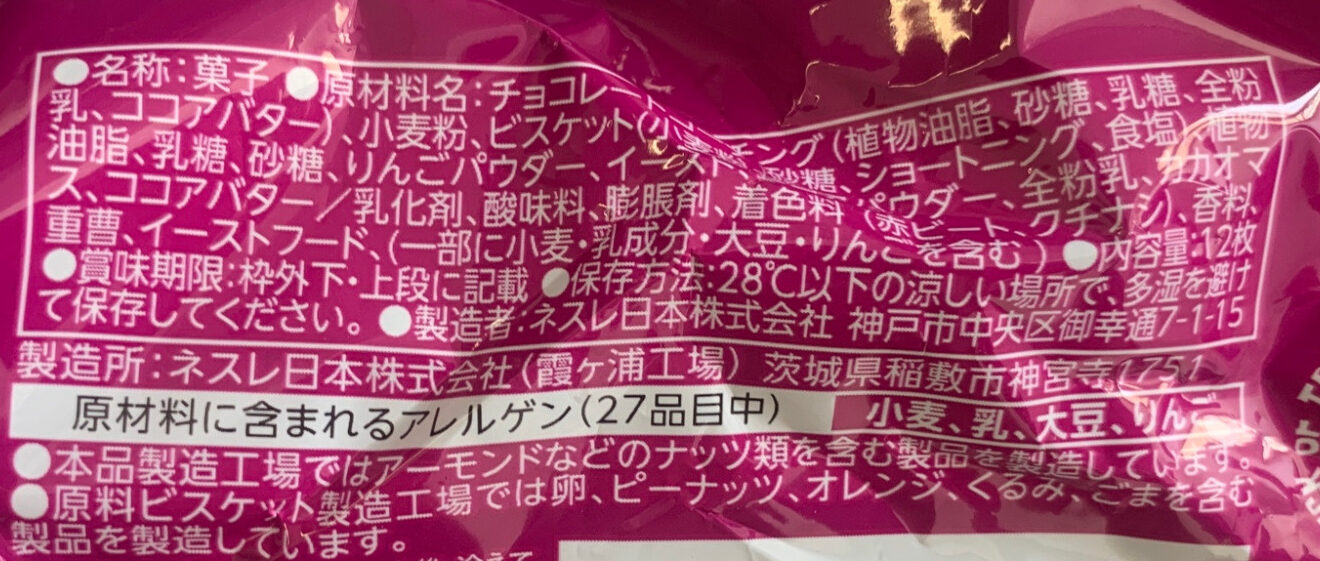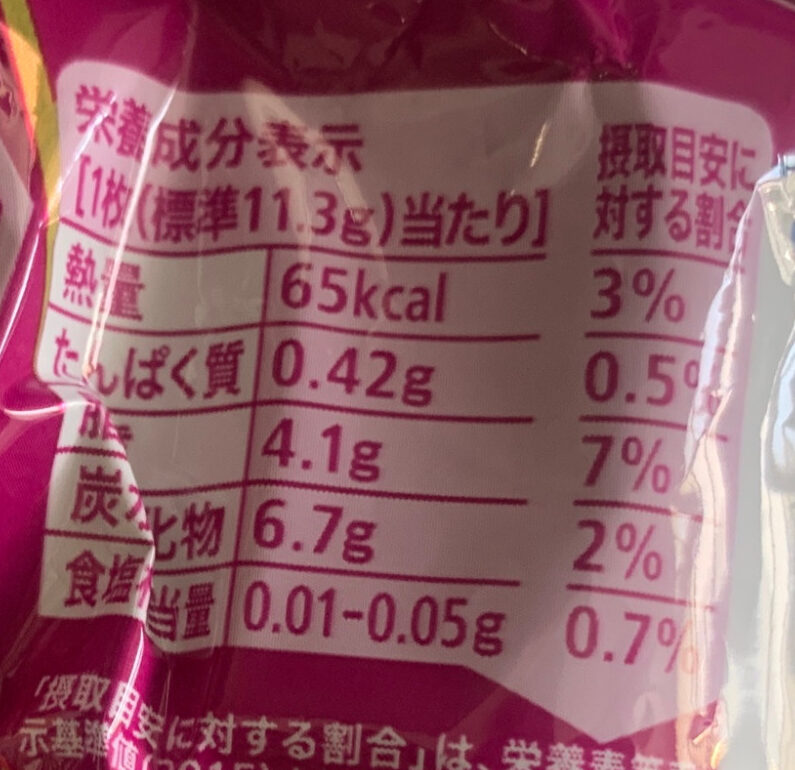キットカットミニオトナの甘さアップルパイ味 - Nestlé - 139,2 g
この商品ページは完成していません。既存の写真からデータを編集または追加したり、 Android または iPhone/iPad のアプリを使用して写真を撮影して、手伝ってください。ありがとうございます!
×
バーコード: 4902201174435 (EAN / EAN-13)
数量: 139,2 g
ブランド: Nestlé, Kit Kat, キットカット, ネスレ
カテゴリー: en:Snacks, en:Sweet snacks, en:Biscuits and cakes, ビスケット, en:Chocolate biscuits, ウエハース, en:Stuffed wafers, en:Chocolate stuffed wafers
販売の国: 日本










